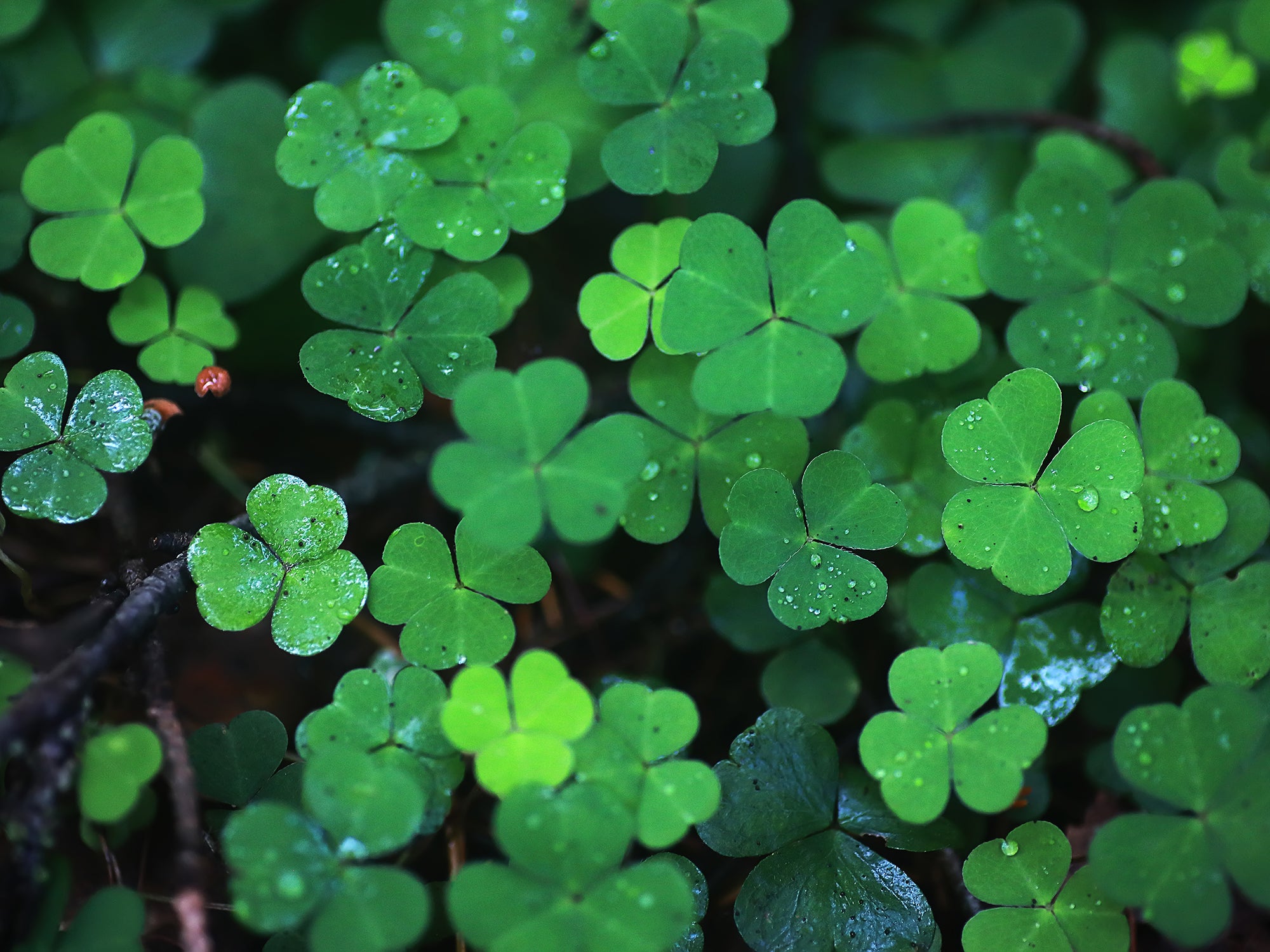This article was originally featured on Outdoor Life.
While I was lost in the peaceful hum of my John Deere tractor, mowing neat lines through my lawn, I had a revelation. Or, maybe, call it an existential crisis. I, just like most other hunters, consider myself a conservationist. I write lawmakers on conservation legislation, I pick up trash from public lands and I buy hunting licenses in multiple states, happily knowing that my money is going toward wildlife habitat. However, I have a glaring contradiction in my identity as a conservationist—my own front yard.
Even though my front yard is lush and green, it’s a biological wasteland. I’ve nuked the soil killing the bacterial and fungal life as well as all other living things that aren’t tall fescue. If the impacts were localized to my slice of lawn, I wouldn’t feel so bad, but unfortunately the herbicide, pesticide, irrigation, and fertilizer I use in bulk twice a year, have far reaching effects.
Why I need to do something about my grass
Those effects hit one of my favorite outdoor playgrounds, the Chesapeake Bay. The fertilizer I apply doesn’t all make its way into the soil. A lot of it runs off and eventually finds its way into ecosystems like the bay. Nitrogen and phosphorous runoff in particular contributes to algal blooms that create dead zones in waterways. I spend a lot of time fishing the bay and it’s insane that while I’m out fishing my lawn is polluting the same water. Yes, I realize the little bit of phosphorus from my yard isn’t creating mass extinction events. But, if you consider that we have more than 40 million acres of lawn in the country, making it the largest irrigated crop in America, there’s a lot of potential for fertilizer runoff to create issues. Add in lawn mower gas consumption, exhaust fumes, and noise pollution from cutting those 40 million acres every week and you can see how the negatives start to stack up.
Not only am I contributing to water pollution, I’m also using a ton of water to keep my grass looking good when it’s a dry 90 degrees. According to the EPA, one third of residential water use goes to lawns, accounting for 9 billion gallons per day.
What I’m doing about my grass
I’ve decided I have to change something about my lawn care practices so that I can sleep at night. Last year, I stopped trying to force grass to grow in my backyard. Not because of any moral reason, but because about half my backyard is dedicated to organic fruit and vegetable p

